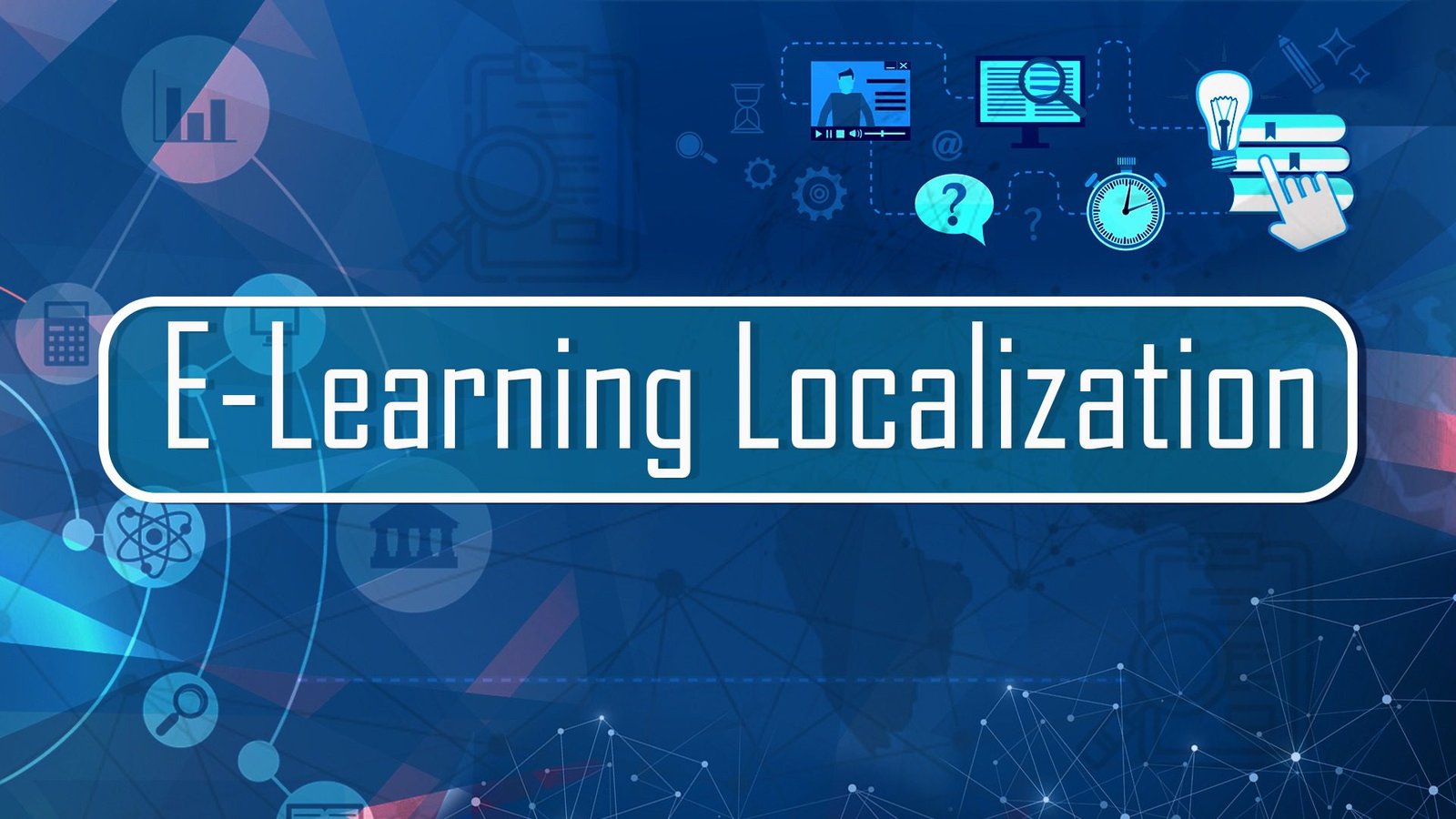What is content localization?
The localization of e-learning content is a term coined for collective efforts that are made to make a piece of e-learning content easily consumable and understandable with strategic changes in design, formation, formulation, and development of e-learning content.
E-learning, E-learning ecosystem and localization of content
E-learning content lies central to every comprehensive e-learning system that focuses on curation, consumption of e-learning content according to global content curation and learnability guidelines. The localization of material is more specifically relevant to content curation, creation platforms that have an inbuilt ability to share information through digital learning tools. It is the medium of communication and the most critical scope for all e-learning platforms to build a significant mark on the most likely audience.
Top potential ways of localizing the content
Localization by language
Vernacular e-learning content platforms are rare, and it is for targeting the right audience. Using the right word with a great knack of pleasantries can be extremely helpful in taking up a content localization project. Because language adds life to content, all sorts of e-learning tools, including digital books, videos, scripts, illustrations, and demonstrations should remain coherent on tone and appropriate level of average understanding among learners.
How-to?
The most effective way to localize content through language is to focus on creation process. The foolproof way of localizing the e-learning content is through a specialist’s skills. It works in three-dimensionally scalable teams to help you not miss out on the finest of details and 100% contextualisation with regards to analysis and innovation around every visual, motion, static, and textual content.
Details into design
Localization of e-learning content is a multidimensional operation. Simply channelizing efforts and time material cost into one of the ways is not going to reap the optimum benefits. You should also focus on using contextualized, highly relatable, and localized designs, themes, and user experience patterns. Localization through design must lead to a mainstream base design which people can quickly memorize and also relate just by looking at the site. One of the proven ways of assessing the quality of a localized design is to check if the site is self-explanatory to the local audience, and the learners intuitively understand the nature of the content and e-learning platform.
How-to?
The inclusion of critical details of the design with an objective of localization of e-learning content should be focused on aspects like overall understanding of the level of intellect and past experiences of releasing e-learning. Intriguing graphics and sustainable visual input for improving the user learning experience is also advised in this regard.
Localization with examples
Giving the most relevant and real-life examples of every contextualize learning content not only makes it easier to consume but also adds the most important expect of blended learning. It becomes easy to consume learning experiences for the audience belonging to all demographics.
How-to?
The most reliable and least time-consuming way is through local e-learning industry experts who have the ability to analyse the thought process of all sections of the e-learning audience. Another great way is to replace a few details textual examples with graphics and animated explanations.
Demographic-relevant localization
An E-learning platform should gather a highly context-centric, diversified, and well-segmented suet audience. Contextualization through localization based on the demographics of the users should have a well-defined objective and each step should focus on a specific actionable detail as per demographics.
How-to?
Localization of e-learning content based on demographic profile should include points like descriptive analysis of the largest segment of users among the population. It may include:
- Who has spent an enormous amount of time watching videos?
- Who likes reading digital books?
- Who indulges in doubt clearing sessions?
Benefits of e-learning content localization
- Easier consumption
- A greater extent of relatability
- Classic engagement method
- Long term loyalty
Bottomline
The localization of e-learning content is critical for all e-learning platforms. It requires an all-round effort into 360° e-learning ecosystem with a multitude of factors working in coordination. There is a continuous debate building in-house teams and hiring trusted e-learning content localization services . After rigorous research, it seems like slightly shifting towards specialist tech services. It is because contextualization certainly requires strong traction of content curation/creation and the use of right tools. Consequently, the future is expected to witness artificial intelligence-based contextualization and content localization tools in the upcoming years.

